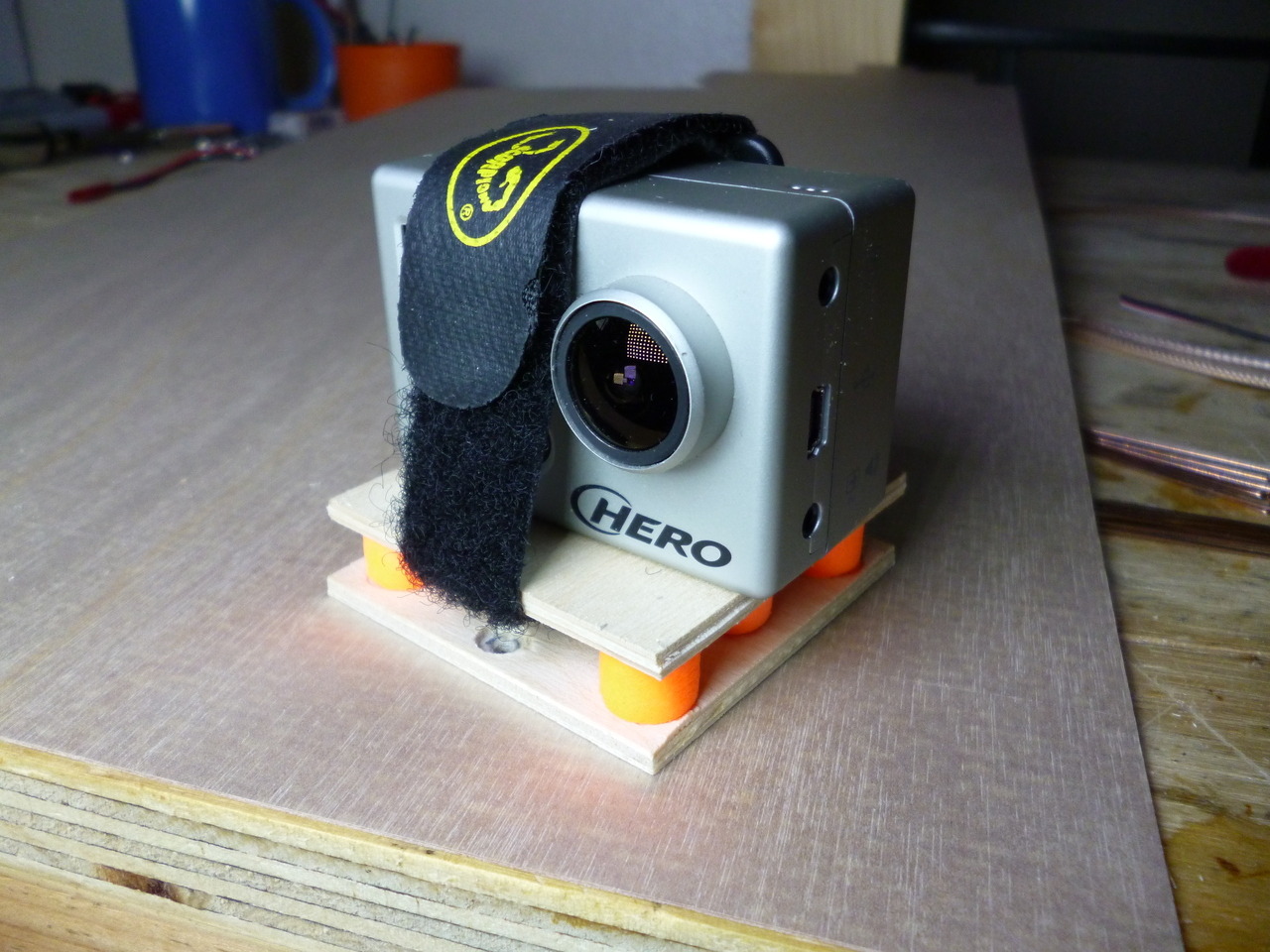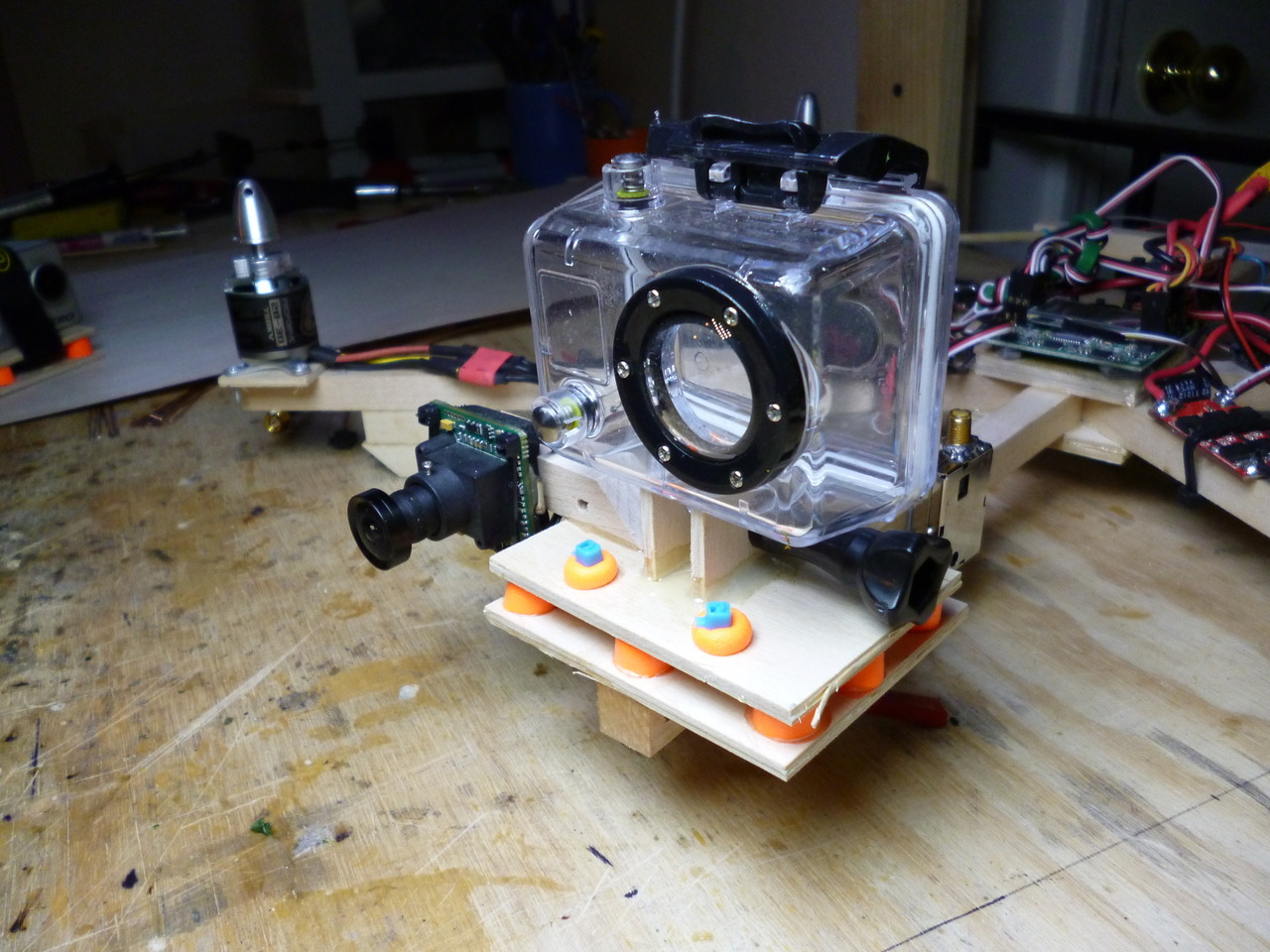I love my Canon mark 2 and gopro camera but it's absolutely terrible as a quadcopter camera.
The vibrations coupled with the CMOS sensor wrecks the whole image beyond repair.
Nearly all of today's cameras are made with CMOS sensors rather than the classical CCD sensor because CMOS offers better image quality and at lower power consumption... But there's a heavy cost that comes with this.
Rolling shutter.
Even with my stabilization software i can't really correct rolling shutter because the original image is distorted in the first place, thus yielding me warped stabilization that looks like an acid trip rather than beautiful aerial imagery.
CCD sensors do not have the rolling shutter because the image production process is completely different and the below video is a clear demonstration of the difference.
The only flight I had with the below optimized setting was the long shot of the yellow house.
The other neat features of this camera?
Panorama mode. Below is one example I snapped earlier today.
Timelaspe mode. Especially good for aerial photography.
Support for 64gb SD cards. I used my 64gb Sandisk, it took forever to fill up the card.
I feel like I've only touched on the iceberg of what's possible with this cheap camera.
It can't be a coincidence that this has 'quad' in its name.

Comments
What is the model camera you are referring to? I'm not finding it in your post but one of the pictures is not loading.
Austin, I've deleted my last post to not confuses anyone. But I'll keep my opinion about the Arri Alexa which is a shame side-by-side with other of the same class. It is a perfect example of a wild, savage, jumpy and poorly trained CMOS sensor. (LOL) It produces washed images which need lots of post-production for color correction (which don't fixes the blurring of the bad noise filtering). Here is what I'm talking about:
Austin, oh yeah... you're right. RED cams has CMOS sensors with faster reset. So they suffer on rolling shutter but it is almost irrelevant on the result. I was sure that RED were all CCD... but so, I noticed that I were remembering of Mamiya backs... not RED cams. Here is the link: http://www.mamiyaleaf.com/products_aptus2.asp
Most Lumix cameras will support Video out, you can try putting in video mode, and then holding the trash button for 10 + seconds, it can take up to 30seconds.... then Voila video out :-)
Get rid of your vibrations and the rolling shutter goes away. Focus gets tighter too. At the very least try the "earplug isolation mount" it's amazing how well it works. The downside is that the camera has to sit on top of a plate with the earplugs glued to it, with as wide (and long) a base as possible to prevent it from swinging around.

Might I ask what kind of camera mount is that on your quad?
Sandro,
I wish all the great cameras had CCD sensors but that's simply not true. The RED epic uses a CMOS sensor and so does the ARRI Alexa.
Image quality is subjective. There will be people who prefer the look of CCD over CMOS and vice versa. I see pros and cons, there's another great read on image quality of the sensors overhere.
Also for the product link you can find it on my original post over at art of the story.
"...because CMOS offers better image quality and at lower power consumption."
Lower power consumption, OK. However "better image quality"?... no no I'm sure not.
CMOS is more sensitive but it has lots and lots of noise. So, all the newest camera's have their image-processors trying hard to filter it. The result of this is a big crap. The main point is that CMOS is cheaper than CCD and easiest to produce.
All the really great quality cameras like RED Cam Mamiya Leaf and other professional ones has a big (and expensive) CCD sensor (or sensors). ;)
John, You're absolutely right about the gopro having some of the worst rolling shutter issues but the sony NEX still has rolling shutter, it simply does a better job of hiding it.
A few of today's CMOS cameras have rolling shutter prevention and it's clear that the NEX is one of them but as I said in the post there is no rolling shutter on cameras made with the CCD sensor. It doesn't exist at all, for further reading check this out- http://www.bhphotovideo.com/find/newsLetter/Comparing-Image-Sensors...
What is the exact model name of your perfect camera?
-
1
-
2
-
3
of 3 Next